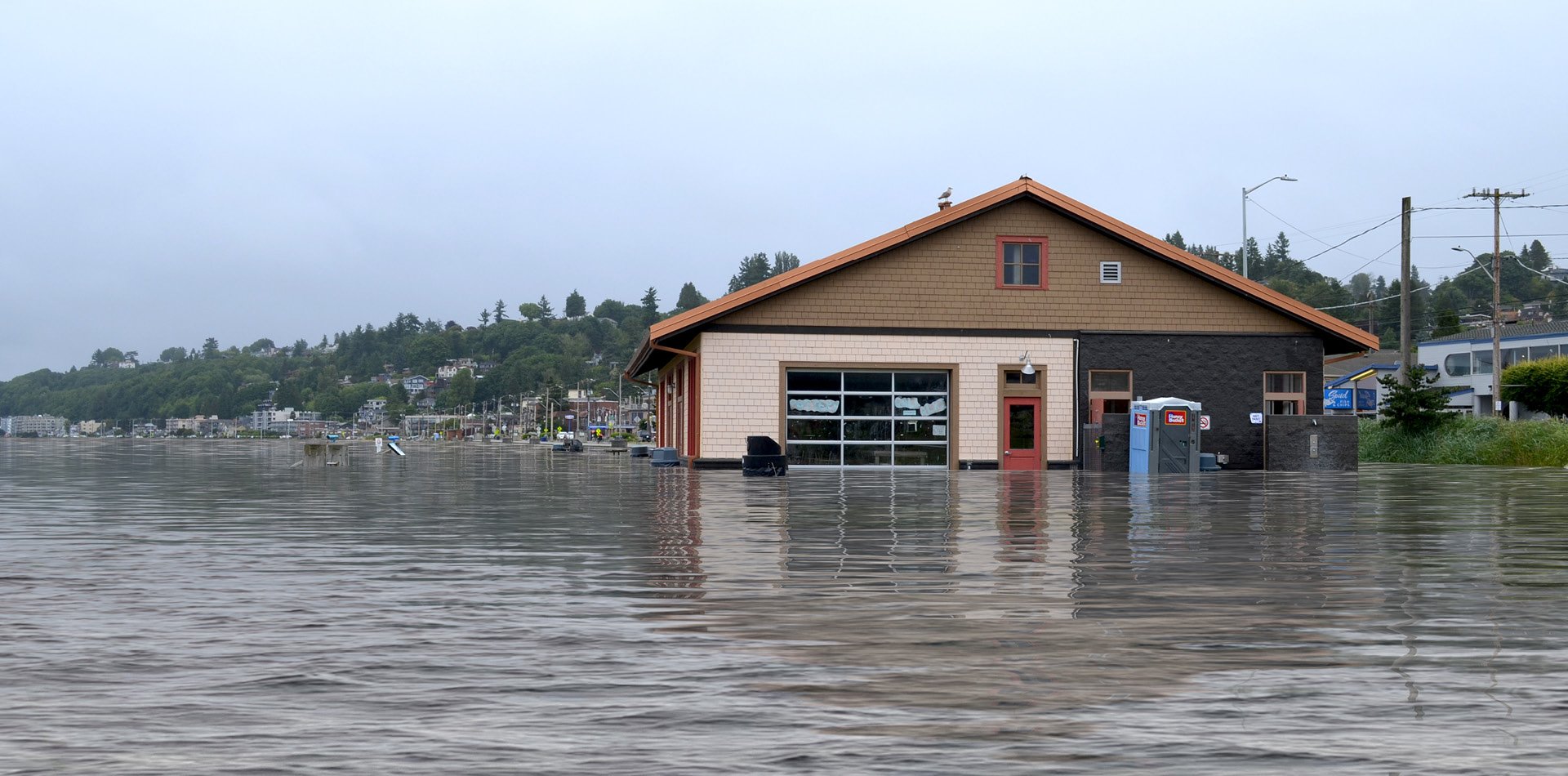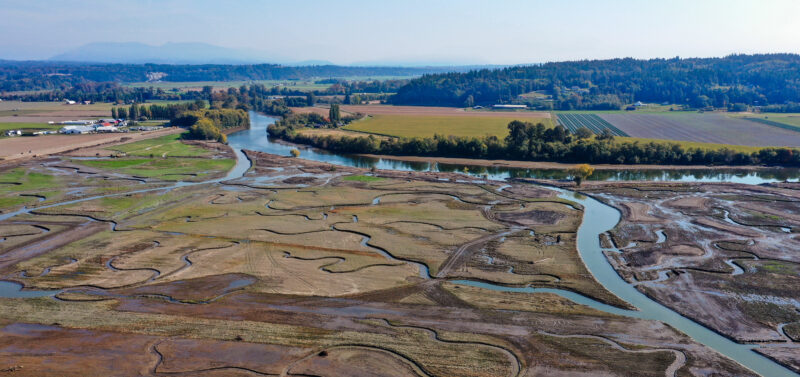ESA is leading dozens of restoration projects across the Pacific Northwest, in collaboration with tribes...

SCAG Climate Adaptation Planning Framework
Southern California Association of Governments (SCAG) has prepared a comprehensive framework for climate adaptation planning to help local governments across the region’s six counties and 191 cities plan and prepare for the impacts of sea level rise, extreme heat, increasingly frequent and damaging wildfires, and other climate-related hazards.
Why does this project matter?
With the region of more than 19 million people already experiencing climate impacts, there is an increasing need for planning assistance as the majority of SCAG’s member jurisdictions have limited staff and few resources to dedicate to the effort.
SCAG member agencies have many reasons to engage in adaptation planning at the local level – from regulatory drivers like Senate Bill 379 (which requires General Plan Safety Elements to be updated to consider climate change impacts) to more tangible needs like protecting an eroding shoreline from sea level rise.
What is ESA doing to help?
To address the area’s broad spectrum of needs, the Framework provides practical tools and resources, and a step-by-step guide for planning and implementation that will help advance the ability of local communities to confront the challenges of climate change and increase resilience to its hazards.
The Framework analyzes the range of climate change impacts the SCAG region is likely to face in the coming decades, describes adaptation principles geared to the region, and outlines a general process of adaptation planning that can be applied by any agency, no matter where they fall across the spectrums of funding, available resources, knowledge of vulnerabilities, and planning sophistication. It provides member agencies, including cities, counties and subregional planning organizations with a compendium of tools, resources, and best practices to efficiently advance their adaptation planning using the best resources available.
The Framework’s centerpiece, the Southern California Adaptation Planning Guide (SoCal APG), aligns with and leverages an extensive foundation of guidelines developed through other state climate programs, including the State’s Adaptation Planning Guide CAG developed by the California Office of Emergency Services. The SoCal APG draws heavily on case studies and best practice examples from SCAG member jurisdictions to illustrate each phase in the adaptation planning process. It also draws on data and tools that have been specifically developed for the project, including scenario modeling of transportation and population displacement impacts that are expected to result from climate-related extreme events in the SCAG region.
ESA teamed with Cambridge Systematics, Urban Economics, and HereLA, to create several additional tools for the Framework, including:
- Searchable matrix of adaptation strategies and actions for a variety of climate change hazards
- Model adaptation policy language for inclusion in general plans and local coastal programs
- Climate change indicators and tracking metrics for metropolitan planning agencies
- Project checklist for incorporating resilience features into the design and siting of new or existing development and infrastructure
You can find out more on the project website.
Connect with our team
Details
Location
Orange County
Los Angeles County
Ventura County
San Bernardino County
Riverside County
Imperial County, California
Market Community Development

Similar Projects
News & Ideas
With the shutdown behind us, federal agencies and Congress are shifting back into gear and...
More than a decade after it's first phase of construction, Surfers' Point in Ventura, California...
ESA uses a customized approach to help clients set sustainability goals and reduce their emissions,...
ESA’s team of federal permitting and National Environmental Policy Act (NEPA) experts will recap the most...
ESA is proud to be a Gold Sponsor for this event – one we look...












